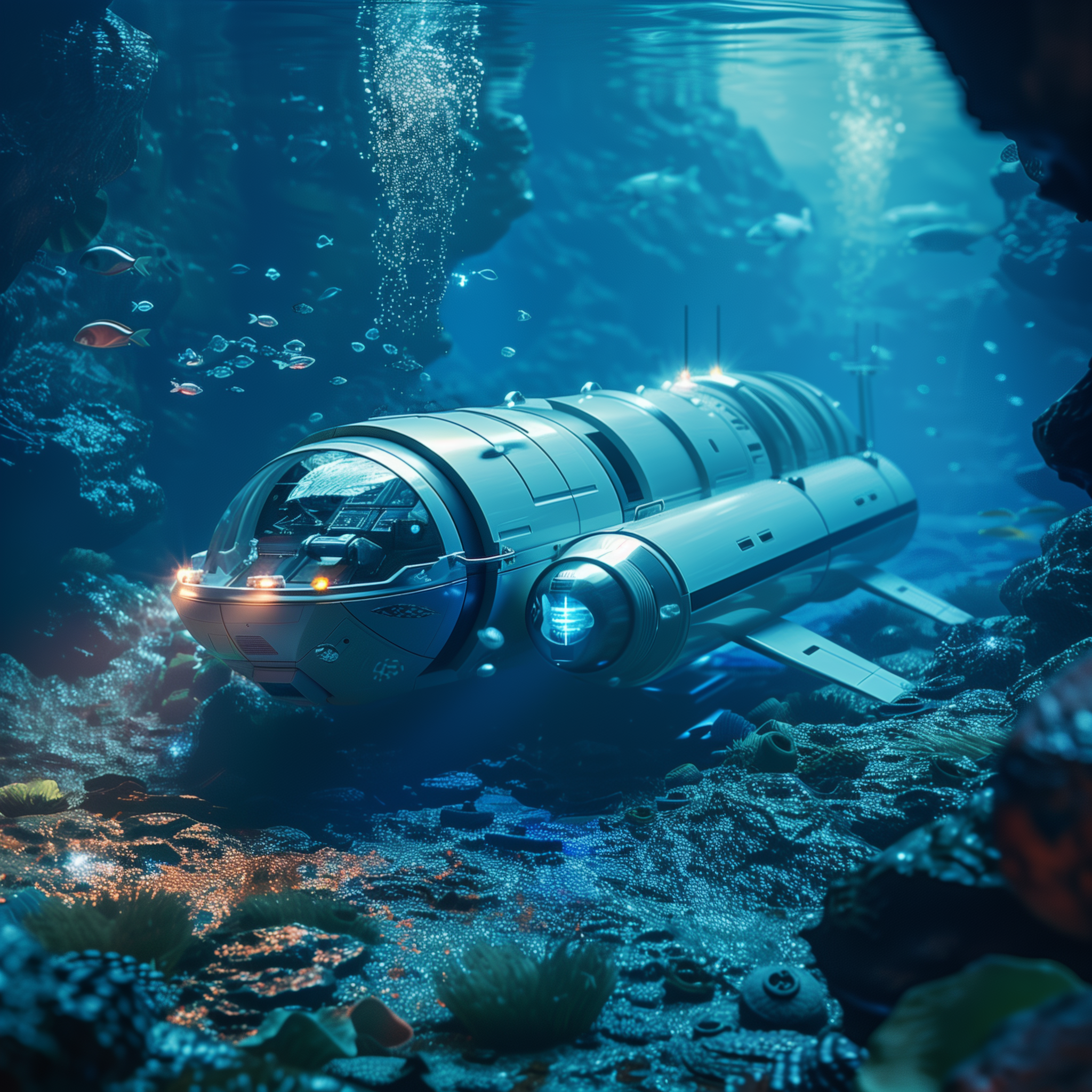What You Need to Do
Read and respond to a workplace scenario that presents an ethical dilemma in at least two Discussion posts. In your response, address what you would do in the situation and suggest strategies to avoid the dilemma in the future. Discuss the posted options with your group, and as a group decide what you’ll do if the situation arises for your group. Use the step-by-step instructions below to complete the task.
How This Activity Connects to the Course
Ethical considerations matter in everything that you write in the workplace. You may well find yourself in a situation similar to this scenario once you graduate (or even sooner as an intern). Additionally, you will consider how to proceed if members of your own group are missing when you work on your Teamwork Agreement later this term.
Step-by-Step Instructions
Success Tip
You can use the online texts, any notes that you have, and the available course pages in Canvas for help as you work on these questions. You can also talk to one another.
- Read the scenario below and consider the ethical dilemma involved for Divya and the team members.
- In your your first post, do the following:
- Present a position statement that answers the question “What would you do in this situation?”
- Provide reasoning from your own personal code of ethics. Here you focus on what YOU think is right.
- Provide reasoning from your discipline’s code of ethics, OR Provide at least one supporting statement or example from the Week 03 Readings on ethics.
- Explain what Divya’s team should do in the future to avoid such situations.
- Present a position statement that answers the question “What would you do in this situation?”
- Read the posts from others in your group, paying attention to how you agree or disagree with their solutions.
- Write at least one additional post to discuss the solution your group will recommend and the actions Divya’s team should take to avoid such dilemmas in the future.
- As a group, collaborate to post a clear statement of your group’s recommendation at the end of this Discussion.
The Scenario
The Ethical Dilemma of AI and the Absent Team Member

Divya Singh leads a five-member team of engineers and scientists employed by Hydronautic Technologies, a company that develops robotic submersibles (including the Makara and the Nāga models). Divya and her team have been asked to write a first draft of user documentation for a newly-designed submersible, the Makara.
The company’s technical editors will create a second draft of the documentation that addresses any issues in corporate style, grammar, and punctuation. The editorial team needs two weeks to complete their work.
The schedule is very tight. Atlantic Research Associates (ARA), the vendor buying the first Makara ever produced, needs speedy delivery in order to meet their contracts with NOAA. Hydronautic Technologies has contracted to deliver the submersible and related documentation to ARA in three weeks. Because the potential for future contracts with NOAA are possible, ARA included a clause in the contract with Hydronautic Technologies that penalizes them $100,000 a day for every day late they are in delivery.
Robin Ryan, the safety expert on Divya’s team, is responsible for writing the sections of the user documentation that address three areas:
- Pre-Dive Safety Checks
- Compression & Decompression Procedures
- Submersible Care & Maintenance
These sections are critical to ensuring the safe use of the submersible. Naturally, the Executive Board of Hydronautic Technologies considers the safety of their underwater crafts imperative. As the CEO Dalip Rana says, “No one wants to buy a sinking sub!”
The importance of complete and accurate safety information carries additional importance because of the 2023 implosion of OceanGate’s Titan submersible. Hydronautic Technologies wants their company to excel as provider of the safest underwater research crafts.
Divya’s dilemma is that Robin has unexpectedly gone missing without explanation. No one on the team knows where Robin is. The team’s attempts to contact Robin have been unsuccessful. No one else at Hydronautic Technologies has the specific subject area knowledge on the Makara design. Robin designed the safety devices in the Makara so they are necessary to the complete and accurate composition of the three sections.
Options for Divya and her Team
Divya gathers the team together to discuss how they want to proceed in this situation, presenting these possibilities:
- Complete Without Robin: Remaining team members complete the documentation without Robin in order to meet the strict deadline for the task. The documentation may not be accurate, but they will deliver it on time.
- Wait for Robin: Team members postpone the documentation until Robin returns. The documentation will almost certainly be late. It will be accurate, but the company will suffer financial repercussions.
- Use Nāga Docs (Outdated): The team completes significant revisions to update the Nāga’s documentation to match the Makara. They may still miss the deadline, but they will begin with a strong starting place.
- Use Nāga Docs (Inaccurate): The team uses the Nāga documentation as is, even though it does not match the Makara’s design. They can deliver the documentation on time, but it will be inaccurate. Safety may suffer.
- AI-Generated Docs: Team members create a customized AI text generator and input all of the available documents on the Makara. They then prompt the AI to generate the needed documentation. The documentation may not be accurate, but they will have a working draft. If work with the custom AI text generator goes smoothly, they can deliver it on time.
Issues to Consider as You Decide What Divya Should Do
- Accuracy vs. Deadline: How should Divya balance the need for accurate and complete safety documentation with the strict delivery deadline? What are the potential consequences of prioritizing one over the other?
- Ethical Responsibility: What ethical responsibilities does Hydronautic Technologies have to ensure the safety of the Makara submersible? How should these responsibilities influence the team’s decision?
- Use of Outdated Documentation: What are the risks associated with using the Nāga documentation, either as is or with significant revisions, for the Makara? How might these risks impact safety and customer trust?
- AI-Generated Documentation: How reliable would AI-generated documentation be in this scenario? What are the potential benefits and drawbacks of using AI to complete the safety sections? What safeguards should be put in place to ensure AI is used ethically and effectively?
- Financial Implications: How should the potential financial penalties for late delivery influence the team's decision? Is it worth risking accuracy for financial considerations?
Conclusion
Divya asks the team to propose any additional solutions and indicate which option is the best to recommend to the Makara Project Manager.
What would you suggest if you were a member of Divya’s team? What would you suggest that the team do in the future to avoid such situations?
Assessment
I will mark your participation in this Discussion Complete (or Incomplete) after the end of the Grace Period passes and I confirm that you have made at least two posts (required: one response to the original scenario, and a second in response to others in your class). Allow me several days to read and mark all your posts.
If you earn an Incomplete and the grace period has not ended, you can revise and resubmit.